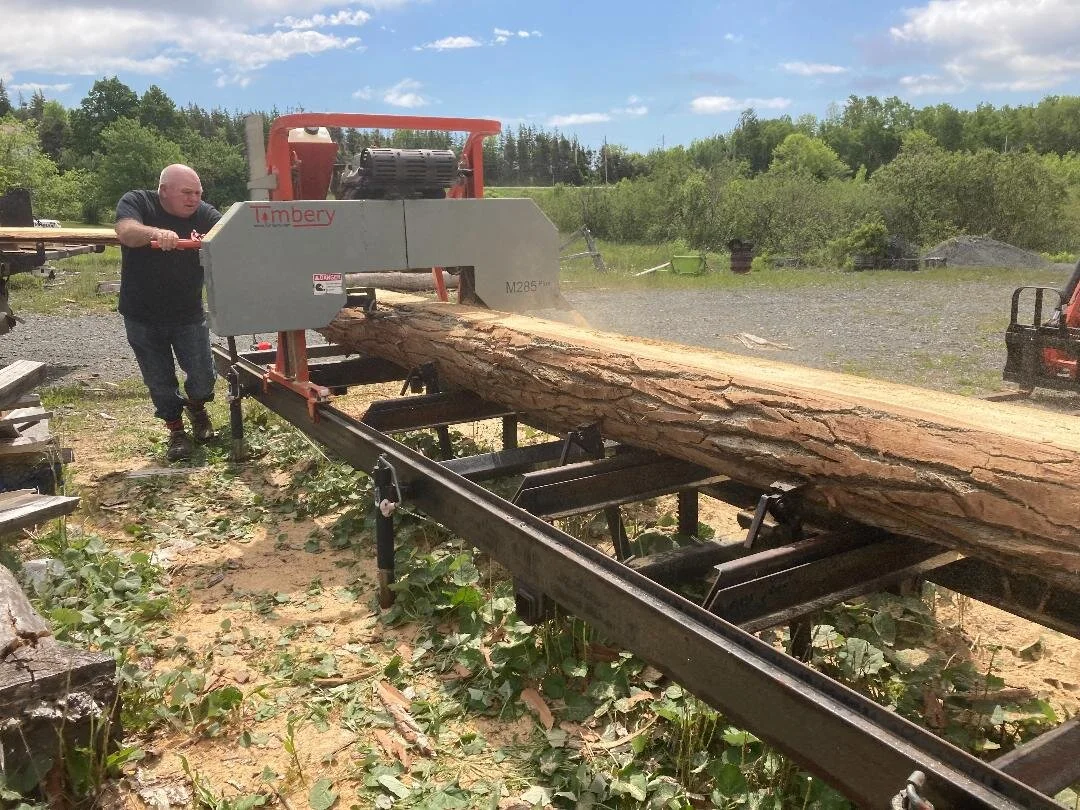The Keel
At 6 a.m. Sunday morning I awoke to the toilet flushing again and again and again and again.
My eyes were still closed as Sawyer, 5, began explaining to me from the washroom the wondrous workings he’d discovered when he lifted the top off its reservoir.
So he’ll be our marine engineer.
So far as I can tell from the plans that untold hands carried from the Isle of Skye to deposit in our mailbox last week, he’s about as qualified to care for our vessel’s little diesel heart as I am to build her.
At 24 foot seven inches long the Roan Mhor design of Iain Oughtred is based on Scandinavian fishing faerings from the early 20th century.
It’s as if you took the double-ended Viking nightmare of my Celtic ancestors, made her a gaff-rigged sloop (or yawl, I’m not sure yet), added a cozy little cabin, a deep keel for sailing into the wind and an in-board motor.
For the past week I’ve been wandering away from life’s responsibilities to stare at the scale plans on my shop wall, chewing on pencils and calculating how to conjure her immense backbone of compound curves from black locust.
Like the other dreamers drawn to Oughtred’s designs, it was this boat’s elegance that closed the deal.
I want to build something not just seaworthy, but also beautiful for me and my boys.
The Roan Mhor is a larger version of Iain Oughtred’s Grey Seal design. The man in the photo below is Lod Rowsell, and eccentric old boat builder in Main Brook, NL who hauled all his wood with a dog team. He was able to roll smokes with one hand, drive the dogs with the other and curse me for being a burden all at the same time.
Most who build this boat do so with marine plywood plank cold molded with epoxy and with a douglas fir keel (a softwood that can be purchased in long, clear, large diameter stock).
They build it upside down around false keel and stems, fiberglass it, then flip her to add the full keel and house.
This is a good way to build a boat but it isn’t an option for me.
Though I wouldn’t speak ill of marine plywood, it’s about $200 for each of the 17 sheets the boat would require.
And, as is the case in most of rural Nova Scotia, the wood required to build a fine vessel was all growing within a half kilometer of my house.
The other key ingredient, helpful neighbours, grows even more readily.
So having learned how my toilet works on Sunday morning, in the afternoon I was at Archie Mackenzie’s as he milled the black locust Addie Doucette let me cut off her property.
You never know what’s in a log until you open it up.
Black locust is a southern hardwood planted as ornamentals by returning ship’s captains in the late 19th century that you’ll find in stands that have taken over ground stately homes once stood.
Black locust are denser than rock maple, highly rot resistant and interestingly, related to the pea.
The large diameter, 17 foot and 12 foot long logs Archie milled on Sunday are clear of knots and despite a few bark intrusions will do fine for a keel.
I will be laminating the keel from the 3 by 6 inch by 17 foot slabs with bolts and epoxy. The slabs will each get roughly shaped with a chainsaw first, then faired together with a handplane.
The slabs for the keel are milled just clear of the heartwood to make them more stable.
The stems and aprons will be cold molded on jigs from black locust (if I have enough) or rock maple.
In other respects I’ll be building her the old way.
Using ¾ inch black spruce plank cut from around my property and milled by Archie along with a heavy hardwood keel and stems means I will build her stood up as she will float (ideally).
Every seam will get a bead of marine bedding compound, along with rivets (along plank lines) and fiberglass will be a budgetary question when the time comes.
I’m not interested in her lasting forever.
Construction on the backbone won’t begin until mid winter.
In the meantime, there’s a few more trees cut, an old baby barn to slam up against my shop for adequate length, a 27 year old planer to get working and 1,500 board feet of plank to run through it.
There’s also the question of Gus’ title.
At 3 and a half, he’s currently working toward Chief Negotiator.



